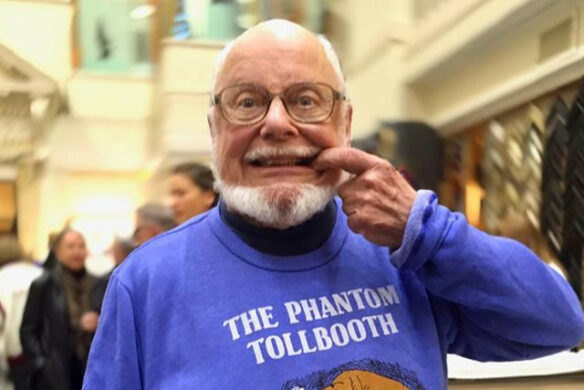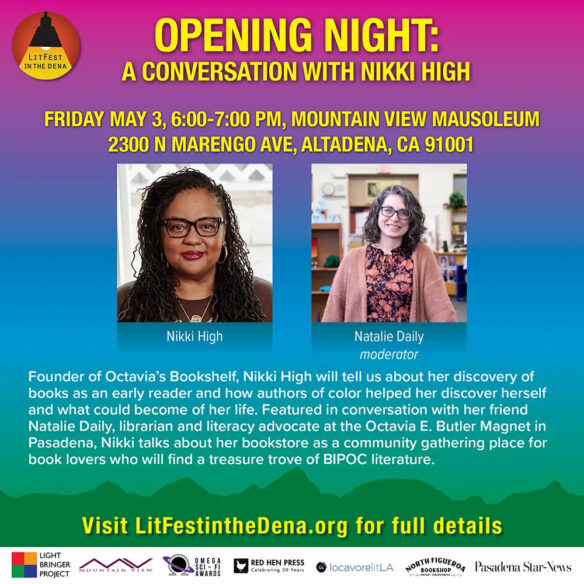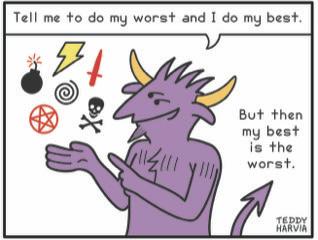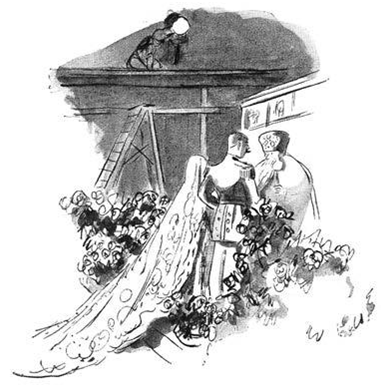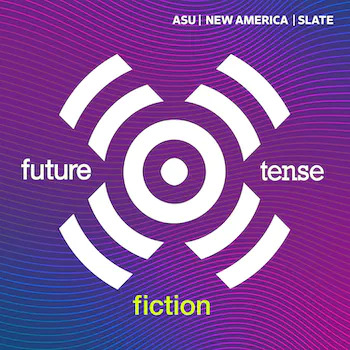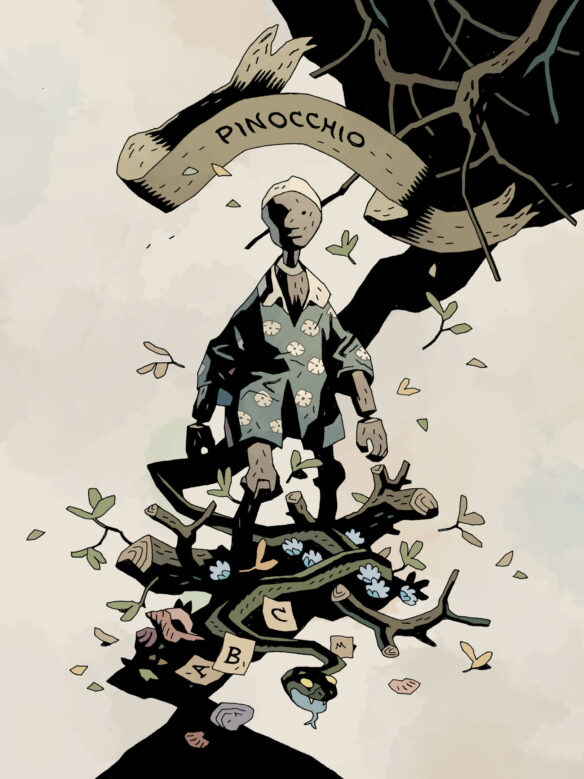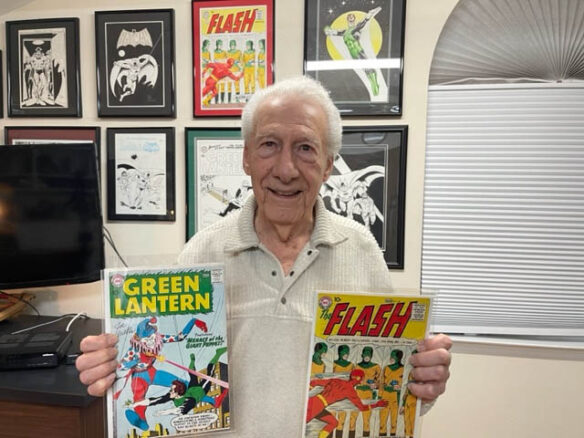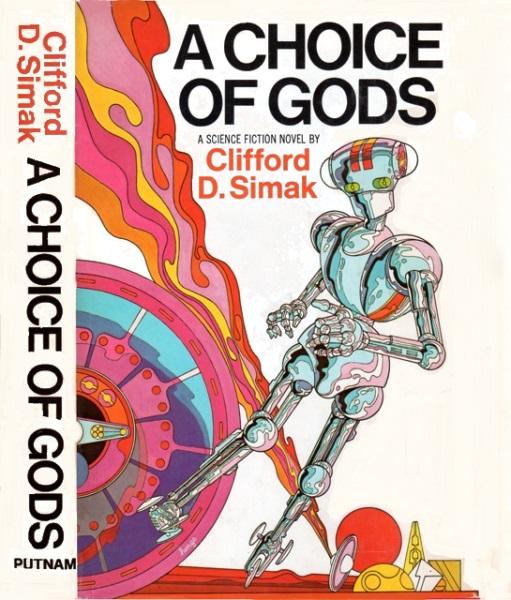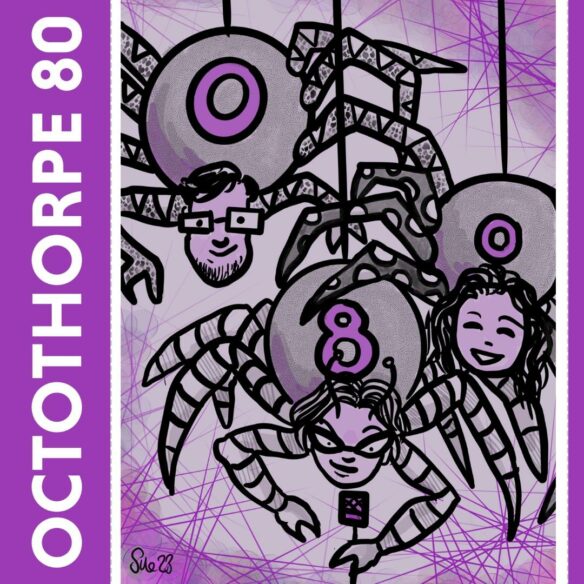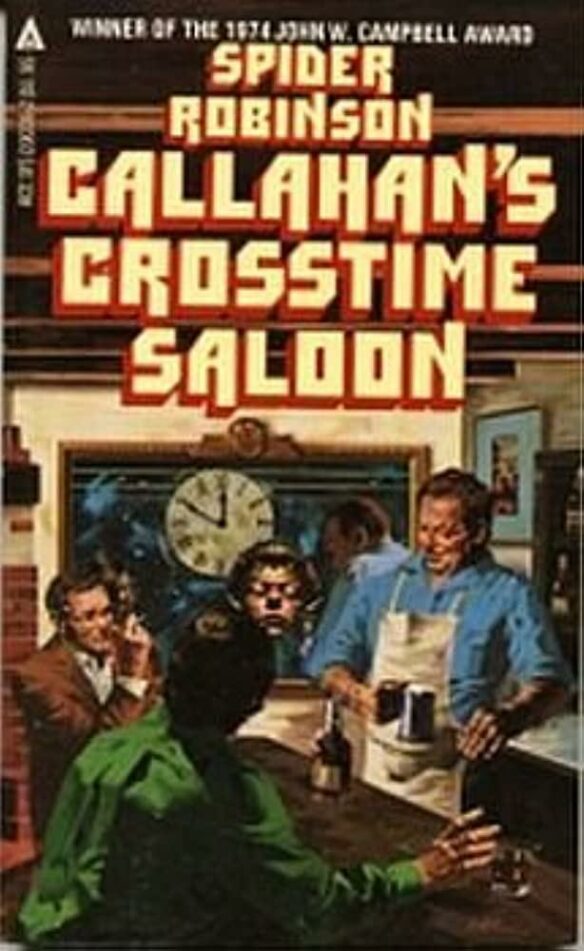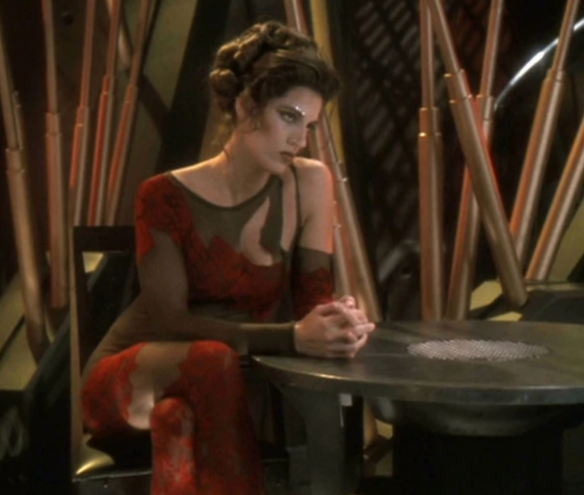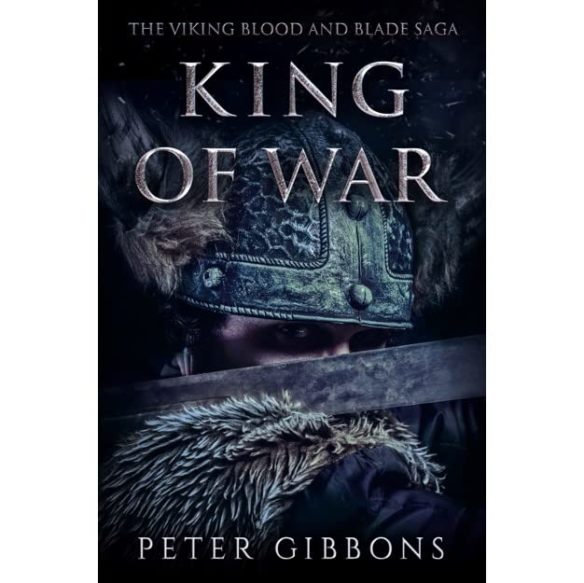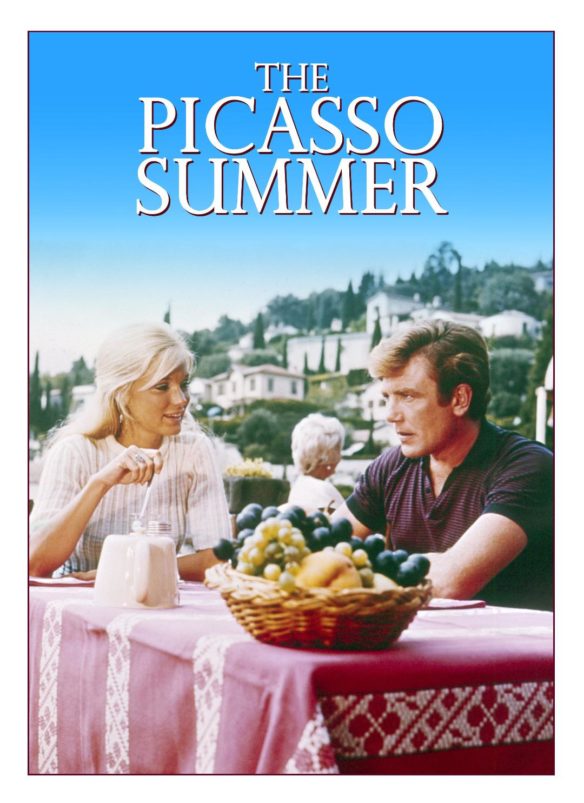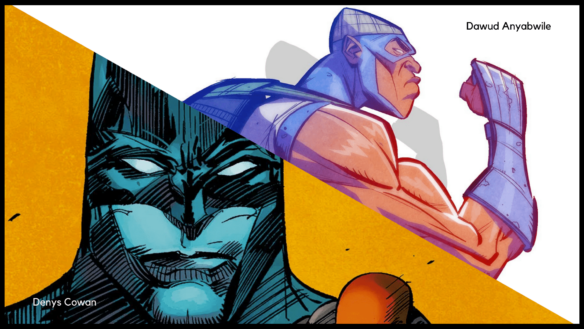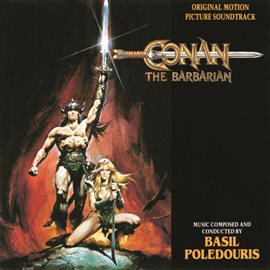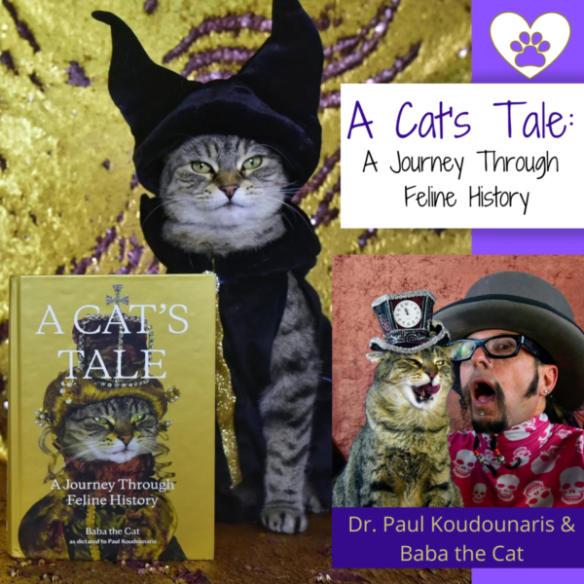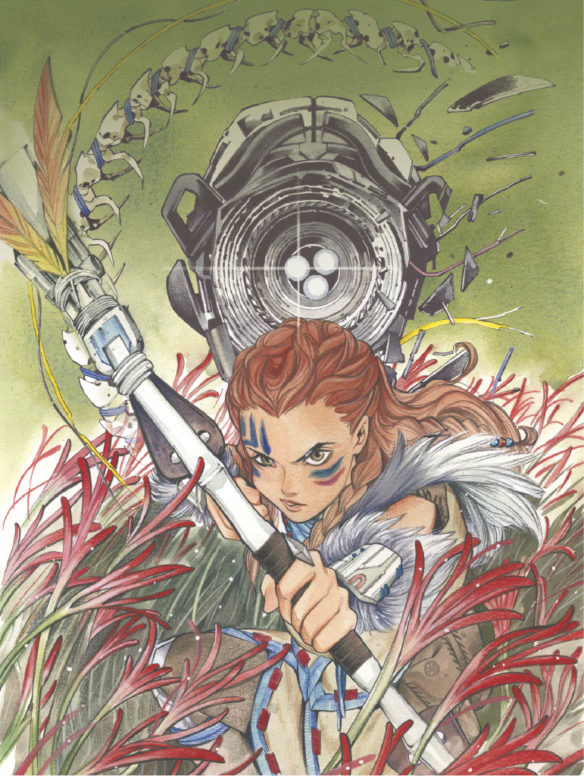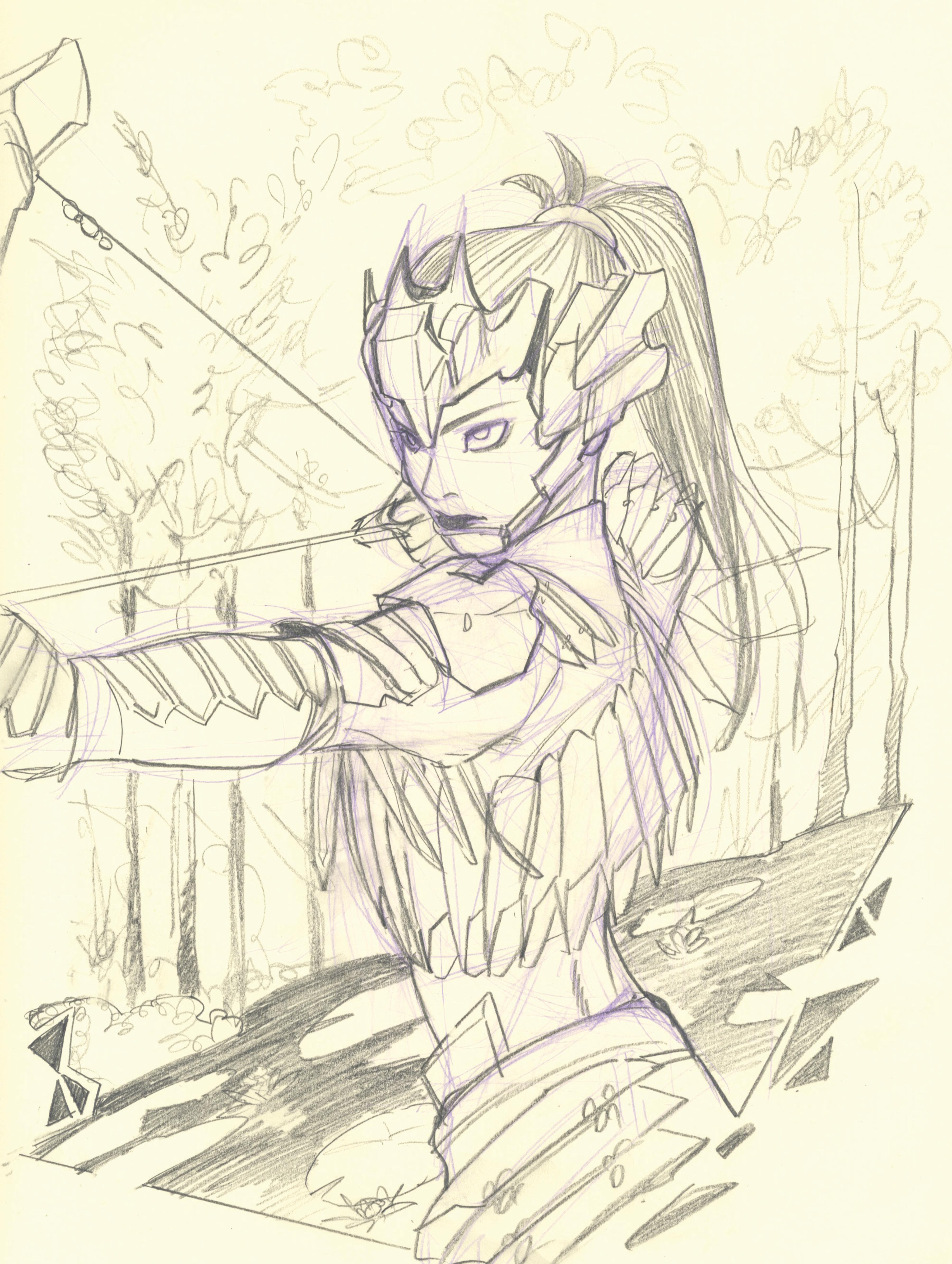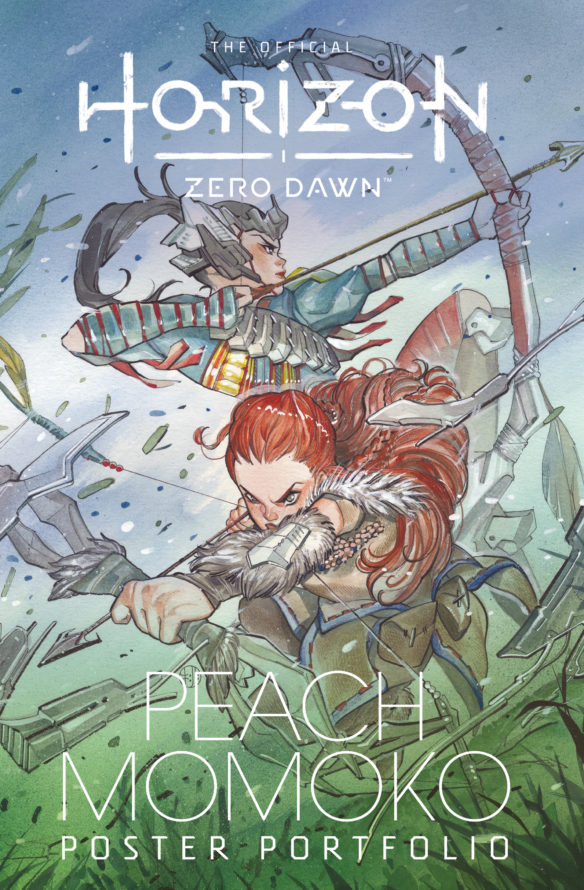(1) WANTED: A NEBULA FOR POETRY. Science Fiction Poetry Association President Colleen Anderson says she recently talked to an incoming Vice-President of SFWA about creating a Nebula award in the poetry category.
She points out that the Horror Writers Association already presents a Stoker Award for superior achievement in a poetry collection.
(2) WHERE TO ROAM IN BUFFALO. The preliminary schedule for Buffalo NASFiC 2024 is now online: Buffalo NASFiC Program Guide.
Buffalo NASFiC will have an extensive program consisting of multiple tracks, with a wide variety of events, panels, workshops, and happenings. We expect to have over a hundred hours of things to do and see, including items on fantasy & science fiction literature, film & TV, gaming, science, art, filk, new media, fandom, and much more…
(3) FOURTH OF JULY TWILIGHT ZONE MARATHON. [Item by John King Tarpinian.] I have this on CD, and Blu-ray, and limited edition, but I will still have the marathon on in the background on the fourth. SYFY Wire has the latest: “SYFY The Twilight Zone Fourth of July Marathon 2024: How to Watch”.
…The marathon kicks off first thing Thursday, July 4 at 6:00 a.m. ET with “And When the Sky Was Opened.” Written by series creator Serling and directed by Douglas Heyes, the classic Season 1 episode follows three test pilots (Rod Taylor, Charles Aidman, and Jim Hutton), who begin to mysteriously vanish from the very fabric of reality after their experimental ship crashes in the desert.
The script was adapted from the short story “Disappearing Act” from prolific sci-fi scribe Richard Matheson and plays on the universal human phobia of the unexplainable. “The worst fear of all is the fear of the unknown working on you, which you cannot share with others,” Serling once said (via Marc Scott Zicree’s Twilight Zone Companion). “To me, that’s the most nightmarish of the stimuli.”…
(4) CUBOLOGY. The New York Times celebrates as “The Rubik Cube Turns 50” (Unlocked article.)
… Mr. Rubik, a Hungarian architect, designer, sculptor and retired professor, took part in a question-and-answer session with Dr. Rokicki and his co-organizers, Erik Demaine, a computer scientist at M.I.T., and Robert Hearn, a retired computer scientist, of Portola Valley, Calif.
Dr. Rokicki asked Mr. Rubik about the first time he solved the Cube: “Did you solve corners-first?”
These days, new cubers learn on YouTube, watching tutorials at 1.5x speed. Dr. Rokicki instead recommends the old-fashioned strategy: Set out on a lone path and discover a solving method, even if it takes weeks or months. (It took the computer scientist Donald Knuth less than 12 hours, starting at his dining table in the evening and working straight through to the morning.) Corners-first is a common route, since once the corners are solved, the edges can be slotted in with relative ease. Mr. Rubik said that, yes, he indeed did corners-first. Mr. Rubik, who is known to take a philosophical approach to cubology and to life in general, added: “My method was understanding.”…
(5) MONSTER ART. Coming on July 31 to the Society of Illustrators in New York: “Beautiful Monsters: The Art of Emil Ferris”.

In the highly anticipated My Favorite Thing is Monsters Book Two, the densely layered artwork of Emil Ferris transports us to Chicago in 1968, a year of violence and protest. Against this backdrop, 10-year-old Karen Reyes continues her private investigation into the murder of her beautiful neighbor, Anka Silverberg, a Holocaust survivor. In a story where everyone in this complex cast of characters has a secret, no one is as they seem.
Ferris draws in a unique style, using ball-point pen on notebook paper, with a dynamic sense of timing and rhythm. Educated at the School of the Art Institute of Chicago, Ferris finds inspiration in both classic paintings and horror comics. Beautiful Monsters will include original character portraits, variations on classic paintings, saints, wolves, architecture, scary clowns, and a whole gallery of monster posters.
Curated by Kim Munson, editor of the Eisner nominated anthology Comic Art in Museums, curator of Women in Comics and Collen Doran Illustrates Neil Gaiman.
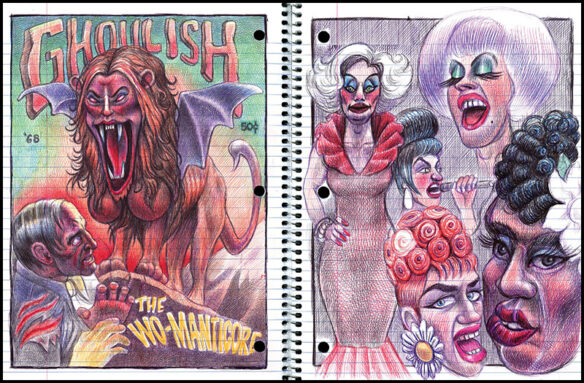
(6) BAYCON BIDS FOR 2026 WESTERCON. [Item by Kevin Standlee.] From the Westercon website: “BayCon Files Bid to Host Westercon 78”.
The parent non-profit organization of BayCon, The Society for the Promotion of Speculative Fiction, has filed a bid with Westercon 76 Utah to host the 2026 West Coast Science Fantasy Conference (Westercon 78) over the weekend of July 3-6, 2026 at the Marriott Hotel, Santa Clara, California, in conjunction with BayCon 2026.
No bids filed to be on the ballot for the 2026 Westercon by the April 15, 2024 deadline. As of July 1, 2024, no other write-in bids have filed bids. Groups interested in bidding to host the 2026 Westercon must file the information specified in Section 3.5 of the Westercon Bylaws with the 2026 Westercon Site Selection Administrator, Linda Deneroff, by the end of site selection voting at Westercon 76 at 6 PM MDT on July 5, 2024. Bids may be filed in person at Westercon 76 or by email. If no qualified bid wins the election at Westercon 76, the Westercon 76 Business Meeting on July 6, 2024 shall be responsible for selecting a site for Westercon 78 as provided for in the Westercon Bylaws.
BayCon 2025 was awarded the right to host Westercon 77 (2025) in a separate decision announced on June 14, 2024. Should they win the election at Westercon 76, they would host both Westercons 77 and 78.
Westercon 76 will be at the Doubletree Hotel Salt Lake City Airport July 4-7, 2024.
(7) TARTAN TIME. “Going to Scotland! But first, making things!” – Lisa Clarke tells what she’s making to take to the convention, including some items she’ll offer for sale.
Neil and I have been married for 29 years, and we’ve had kids for 24 of those years….
…So, we have never gone with Neil to cons that involved flying, with one notable exception: We went to Ireland five years ago. That was an epic trip. A first flight for one of our kids, a first time out of the country for both of our kids, and my first time on an airplane in 20 years.
This year, we’re doing it again: we’re headed to Scotland!
Neil is going to the World Science Fiction Convention, and we are tagging along with him to wander around Glasgow, see the sights, buy some yarn…
I’ve been preparing for this trip in the most Lisa Clarke of ways: making jewelry and a shawl to coordinate with the convention colors. Oh, I’m such a nerd really, but I can’t stop myself!
I’m not attending the con itself, but will be going to the Hugo Awards with Neil (he’s nominated again), and I’ll be wearing my usual black dress (aka my trusty blank canvas) along with a shawl that I have yet to finish. There will be a shawl pin, and some combination of earrings, bracelets, rings and a barrette, all made to coordinate with the con colors….
…Naturally I cannot wear all of these things that I’ve created, but I’m hoping that if you are attending the convention, too – or you are just a fan of these colors – that you would like some pieces to wear with your own Glasgow 2024 ensemble. I see these things going equally as well with a t-shirt as they do with a blank canvas black dress….
(8) CLARKESWORLD REBUILDS SUBSCRIBER BASE. Meanwhile, back at the office…
(9) UK CHILDREN’S LAUREATE Q&A. [Item by Steven French.] The new Children’s Laureate in the UK is Frank Cottrell-Boyce who wrote the sequel to Chitty Chitty Bang Bang and the Doctor Who episodes “In the Forest of the Night” and “Smile”, among other things: “’Reading’s in danger’: Frank Cottrell-Boyce on books, kids – and the explosive power of Heidi” in the Guardian.
… He believes that the language of “catching up” post-pandemic is a code for forgetting that it happened, and that children are not being given the space, time or resources to process their experiences. And it’s not just lockdown that they have to deal with: “Kids are being told that they’re a pre-war generation, they’re growing up aware that their entire biosphere is in danger. They’ve got all these anxieties, and we have something that can alleviate those anxieties. It’s not a magic bullet. It’s not going to cure them. But it is a really simple coping mechanism that plugs you right into the entire history of our culture. This is a chain that goes back to the first fire in the first cave. We know it works. It’s what got us here, and we are in danger of losing it.”…
(10) KGB. Fantastic Fiction at KGB reading series hosts Ellen Datlow and Matthew Kressel present Nat Cassidy and A.T. Sayre on Wednesday, July 10, 2024, at 7:00 p.m. Eastern at the KGB Bar, 85 East 4th Street, New York, NY 10003 (Just off 2nd Ave, upstairs).
Nat Cassidy
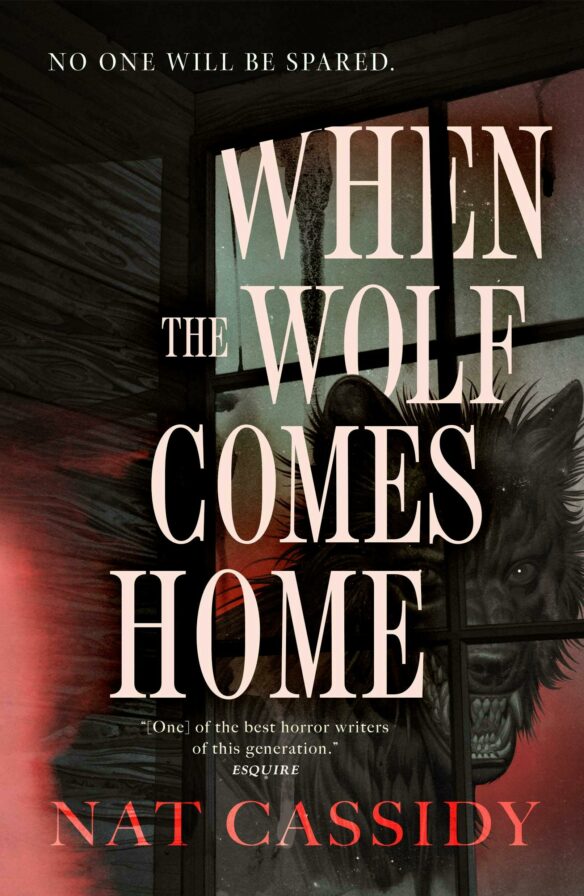
Nat Cassidy’s horror novels Mary and Nestlings were featured on best-of lists from Esquire, Harper’s Bazaar, NPR, the NY Public Library, and more, and he was named one of the “writers shaping horror’s next golden age” by Esquire. His award-winning horror plays have been produced across NYC and the country, including at the Kennedy Center. You’ve also maybe seen Nat guest-starring on shows such as Law & Order: SVU, Blue Bloods, Bull, Quantico, FBI, and others … but that’s a topic for a different bio. His next novel with Tor Nightfire, When the Wolf Comes Home, hits shelves in April 2025. His website is: www.natcassidy.com.
A.T. Sayre
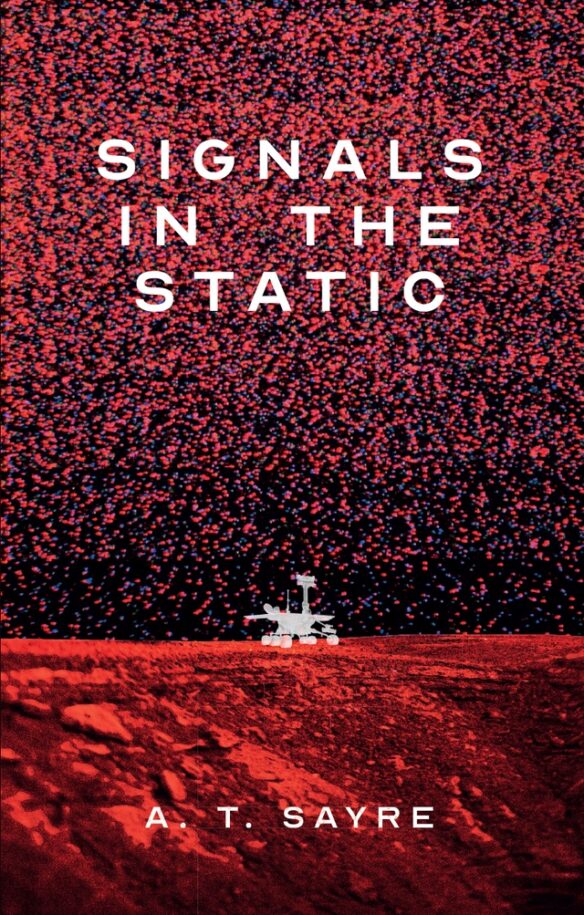
A.T. Sayre has been writing in some form or other ever since he was ten years old. His work has appeared in The Cosmic Background, Aurealis, Haven Speculative, and most notably in Analog Magazine, where his debut novel The Last Days of Good People, appears in the current issue. His first short story collection, Signals in The Static, was published this spring by Lethe Press. More info on these and his other works can be found at www.atsayre.com/fiction. Born in Kansas City, raised in New Hampshire, he lives in Brooklyn and likes to read in coffeehouses.
(11) MEMORY LANE.
[Written by Cat Eldridge.]
July 2, 1948 — Saul Rubinek, 76. So tonight we have Saul Rubinek. My brain when I started stitching this together kept tugging at a thread that wasn’t quite there of a production that I’d seen him where he was quite good in a role so I had to look up his credits on IMDB where it turned out it was first in a nearly fifteen-year-old airing of The Golden Spiders: A Nero Wolfe Mystery where he was cast as Saul Panzer, freelance detective working for Nero Wolfe.
This was the first of two hour-long movies that originally were all that was planned to be but ratings were excellent and critics loved it, so two seasons followed with stars Maury Chaykin as Nero Wolfe, and Timothy Hutton as Wolfe’s assistant, Archie Goodwin.

He was on the series not as this character, but as Lon Cohen, a reporter at the New York Gazette. He’s Archie’s source of crime news, and Archie often asks Lon for background information on current or prospective clients.
Before you ask, yes, I loved the series. Unfortunately it is not streaming anywhere right now and the DVDs are ridiculously expensive as a fellow member of Susan’s Salon noted earlier this week and I found them for sale at $150 for the complete series on Amazon.
Now onto his genre work.
His longest role was as Special Agent in Charge of Warehouse 13 Artie Nielsen, in charge of the often troublesome Pete Lattimer, Myka Bering and Claudia Donovan, not to mention several others that had very interesting stories here. Now Artie prefers old fashioned items and ways of doing things because they are familiar and comfortable. He likes tinkering with what is in Charge of Warehouse, something which can be hazardous to him, other and Warehouse 13 itself.
Obviously I’m not going to say anything about what happens to him here as if you haven’t seen the series, it’d spoil for you. Suffice it to say that the writers use the character well.
Spoilers now as they can’t be avoided. On the “The Most Toys” episode of The Next Generation, he plays a nearly obsessed collector who adds Data to his collection.
(Tom Toles in a Washington Post article noted what the title meant, “Maybe you remember and maybe you don’t the phrase “He who dies with the most toys wins.” It has been attributed to Malcolm Forbes, but whoever said it deserves to be noted for being able to get it out while throwing up a little in the back of his mouth.”)
Data has been deactivated somehow and reactivated and met by Fajo, his character, who explains he collects rare and valuable objects — like Data himself. Ok let me note that is nothing to like in my opinion about Fajo. Which of course was the lint of the story here.
The homage to Asimov’s Three Laws of Robotics is rather obvious. Perhaps a little too obvious.
Saul wasn’t the first choice for this character. It’s very important to note the last-minute nature of his casting went well for three reasons: he was available as he wasn’t engaged in anything, he was a Star Trek fan keen to appear in the series, and he was a personal friend of the episode’s director Timothy Bond.
They had created an elaborate prosthetic outfit for the first choice but there wasn’t time to design even facial prosthetics for him given when they needed to get the episode done, well, now, when he stepped into the role.
Memory Alpha has a listing of what Kivas Fajo has collected and which is shown here or used here to create a feeling of his alienness. Not surprisingly, nothing in his collection or that he uses here was created for this episode but had already been designed and constructed for another episode such as the communication device used by Sarjenka for “Pen Pals”, a Next Generation episode that aired the previous season.
Ok, there’s lots of one-offs he did I could mention but those are the three roles that I want to note.
(12) COMICS SECTION.
- Speed Bump remembers a helpful map.
- Candorville supports replicators.
- Carpe Diem complains about the light side.
(13) SCHRÖDINGER’S TRADING CARD BOXES. Heritage Auctions recently sent subscribers the short article: “Sealed Trading Card Game Booster Boxes: To Open or Not to Open?”
Sealed trading card game (TCG) booster boxes have become highly collectible due to nostalgia, potential value, and rarity. A common question about these boxes is whether to keep them sealed or open them. Here’s a brief look at why you might open or keep them sealed:
Why You Should Open Them
- Chance of Rare Cards: You might pull valuable, rare, and desirable cards.
- Enjoyment and Nostalgia: The experience of opening packs can be nostalgic and fun.
- Content Creation: Unboxings attract views and engagement for content creators.
Why You Should Keep Them Sealed
- Rarity and Scarcity: Fewer sealed boxes mean higher value.
- Preservation and Collectibility: Sealed boxes are being opened, increasing collectability.
- Future Demand: Nostalgia and new collectors can drive future demand.
The decision to open or keep a booster box sealed ultimately comes down to the individual. Truthfully, there’s no wrong answer to the question as long as you have fun keeping them sealed or opening them and seeing what lies inside them.
(14) THE POSTMAN ALWAYS CLICKS TWICE. Movieweb contends “The Books That Inspired Fallout Are Essential Reading Before the Show”.
The developers of the Fallout series have been very public about their influences, with the post-apocalyptic landscape drawing obvious parallels to the aforementioned Mad Max, along with lesser-known movies like A Boy and His Dog and Radioactive Dreams. The franchise’s creators have also been just as forthcoming about the series’ literary influences, and three of those books are essential reading before Prime Video’s series adaptation releases in April 2024….
David Brin was excited to find his story first on the list.
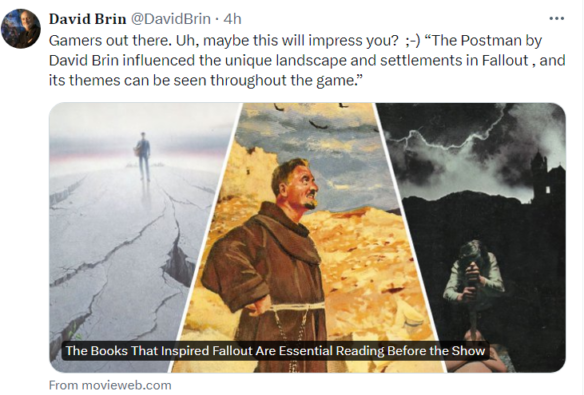
…It’s hard to imagine a video game, film, or any visual medium taking visual cues from a novel, considering the obvious lack of pictorial elements, but The Postman by David Brin is cited as a huge influence on the design process of Fallout‘s iconically unique landscape and the settlements found within.
Set in a decimated landscape, Brin’s The Postman follows a man who stumbles upon a crashed mail truck that has been untouched since the old world fell. Having lost everything after falling victim to a group of raiders, the man decides to wear the uniform, acting as the federal inspector for the “Restored United States of America” to gain entry to the local settlements across the Wasteland…
(15) BAD DAY IN SPACE TECH. A test of the Tianlong-3 rocket went wrong – video on this Weibo post. And for those of you reading along in English, Gizmodo brings us: “Chinese Rocket Accidentally Launches During Test, Crashes Dramatically”.
…Chinese company Space Pioneer accidentally launched the first stage of its Tianlong-3 rocket during a Sunday test of the vehicle that went terribly wrong. The rocket crashed and exploded near a city in Central China, but no injuries have been reported so far…
…The accidental launch occurred during a hot firing test of the rocket on Sunday at a facility in Gongyi City, Henan Province. During the test, the rocket’s nine engines are ignited, while the vehicle is supposed to be secured to the ground, preventing it from heading toward orbit.
Space Pioneer blamed a “structural failure” of the test bench for the rocket’s separation from the launch pad, the company wrote in a statement. The rocket’s onboard computer, however, automatically shut down the engines upon detecting unusual activity. That’s when Tianlong-3 plummeted towards a hilly area near the city….
(16) JUSTWATCH QUARTERLIES. This month JustWatch, the largest streaming guide in the world, released updates on the market share of all major streaming platforms across 60 different countries. The results below reflect data we collected over the last 3 months.
SVOD market shares in Q2 2024
At the forefront of the market, a fierce rivalry is unfolding between Prime Video and Netflix as their figures remain closely matched. Meanwhile, Apple TV+ and Paramount+ face a similar battle with Apple TV+ coming out on top.
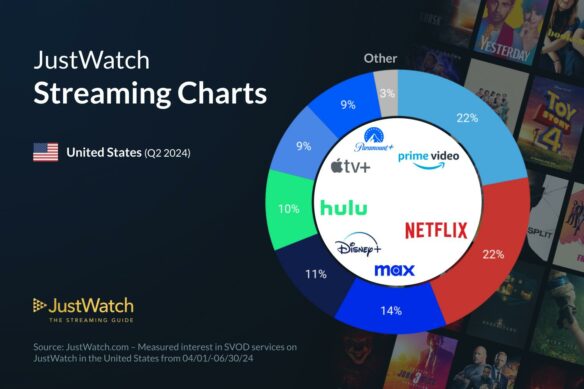
Market share development in 2024
Global streaming giant: Apple TV+ grabs the attention of the US market with a +1% increase in shares. Meanwhile, Amazon Prime Video struggled throughout the second quarter to keep their share above Netflix.
In other news, Disney+ has now made Hulu content available on their app within the country, bringing the two platforms closer to integration.

Methodology: JustWatch‘s Market Shares are calculated based on user interest in their website and mobile apps. User interest in the United States is measured by adding movies or TV shows to their watchlist, clicking out to a streaming service or filtering multiple streaming services, and selecting the relevant streaming service.
(17) PRESENT AT THE CREATION. “In Ukraine War, A.I. Begins Ushering In an Age of Killer Robots” — in the New York Times (behind a paywall).
…What the companies are creating is technology that makes human judgment about targeting and firing increasingly tangential. The widespread availability of off-the-shelf devices, easy-to-design software, powerful automation algorithms and specialized artificial intelligence microchips has pushed a deadly innovation race into uncharted territory, fueling a potential new era of killer robots.
In 2017, Mr. Russell, the Berkeley A.I. researcher, released an online film, “Slaughterbots,” warning of the dangers of autonomous weapons. In the movie, roving packs of low-cost armed A.I. drones use facial recognition technology to hunt down and kill targets.
What’s happening in Ukraine moves us toward that dystopian future, Mr. Russell said. …
…. a panel of U.N. experts also said they worried about the ramifications of the new techniques being developed in Ukraine.
Officials have spent more than a decade debating rules about the use of autonomous weapons, but few expect any international deal to set new regulations, especially as the United States, China, Israel, Russia and others race to develop even more advanced weapons.
“The geopolitics makes it impossible,” said Alexander Kmentt, Austria’s top negotiator on autonomous weapons at the U.N. “These weapons will be used, and they’ll be used in the military arsenal of pretty much everybody.”…
(18) VIDEO OF THE DAY. “Trailer: ‘Kite Man: Hell Yeah!’ Makes Soaring Max Premiere July 18” – Animation Magazine sets the frame.
The DC animated universe keeps expanding, as the Max Original adult animated series Kite Man: Hell Yeah! is set to debut with two episodes Thursday, July 18, followed by one new episode weekly through September 12, on Max.
The new show features characters from the Critics Choice Award-winning Max Original Harley Quinn, which has been renewed for a fifth season and is currently available to stream on Max.
Synopsis: Kite Man and Golden Glider take their relationship to the next level by opening a bar in the shadow of Lex Luthor’s Legion of Doom. Nobody said serving cold ones to the most dangerous rogues outside of Arkham Asylum would be easy, but sometimes you want to go where everybody knows your name, and how to hide a body….
[Thanks to Chris Barkley, Cat Eldridge, SF Concatenation’s Jonathan Cowie, Kevin Standlee, Steven French, Teddy Harvia, Kathy Sullivan, Mike Kennedy, Andrew Porter, and John King Tarpinian for some of these stories. Title credit belongs to File 770 contributing editor of the day Daniel Dern.]



